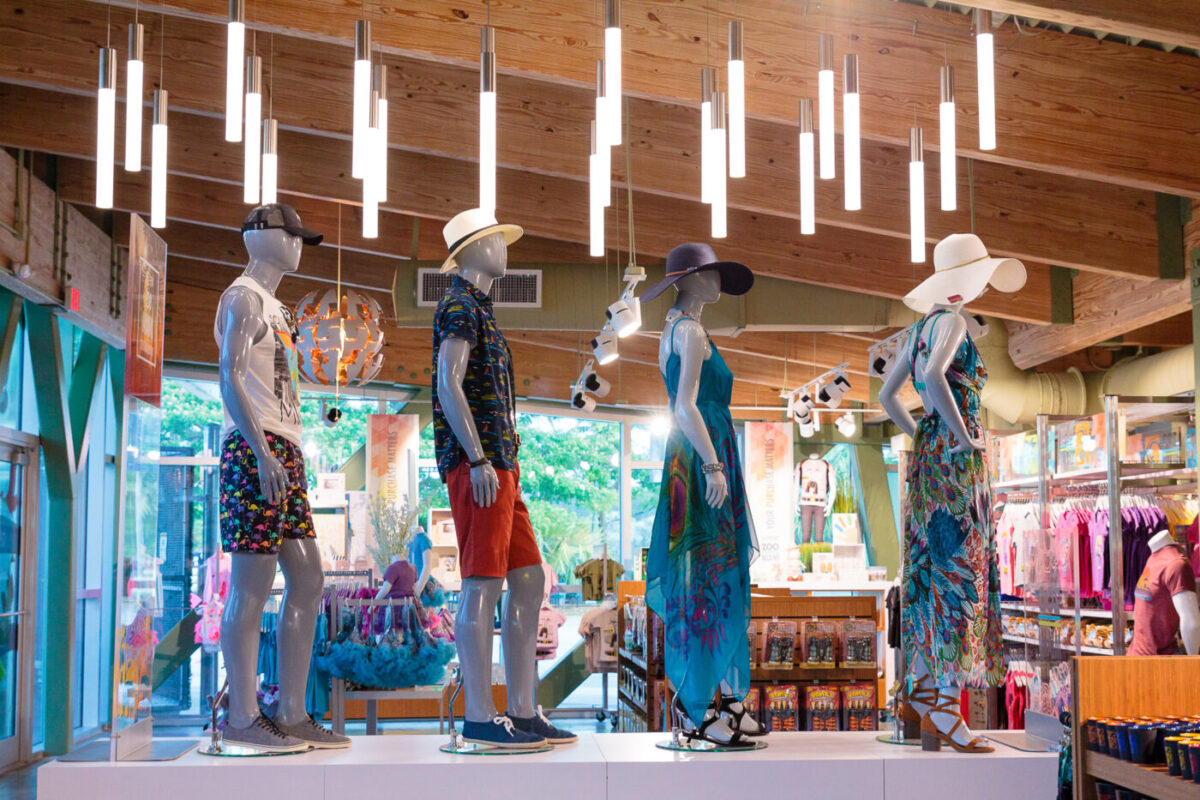When we talk about creating diversity in the workplace, especially recently, it’s usually in relation to gender, race, color, or background. As organizations strive to increase the diversity in their own workforce, it can be easy to focus on these physical attributes and think you’ve done the work.
For cultural attractions specifically, diversity can be embodied in so many ways beyond the physical traits of your employees. From the policies you institute, to the suppliers you choose, the diverse experience you create impacts the people who work for you and the guests who visit your location.
The Importance of Diversity
In retail, the impact of diversity across your cultural attraction can have wide-reaching benefits. Below, we’ll outline how to create a more diverse store environment through the people you hire, the experience you build for your guests , and the products they choose to purchase while visiting.
People, First
As we shared above, when it comes to diversity, people often first come to mind. And that’s with good reason. The staff you hire should be both a representation of the equity and the inclusive culture your company is trying to embody, as well as a representation of the multicultural visitors that come to your attraction. Here are three ways to do so:
- Evaluate areas of strengths and weaknesses: If you’re unsure of exactly where to start, assess your current status and make goals around your inclusion journey. You can read about how a few of our partners have created similar systems here.
- Train with intention: Develop training for your employees that teaches them to think about behavior instead of demographics when it comes to potential shoplifting.
- Create standards and stick to them: Educate your staff about what is and isn’t tolerated both from them as well as guests who come in the store. Do regular assessments, host quarterly culture summits, and maintain continuous training to make sure everyone is on the same page.
Creating Inclusive Spaces
Being inclusive extends beyond the people you hire into the spaces you create for your guests to shop. In creating these inclusive spaces, you must consider all touchpoints. Here are three ways to approach this:
- Accessibility does not equal inclusivity: Simply offering access, such as a wheelchair ramp, doesn’t always equate to inclusion. Consider creating design that doesn’t necessarily benefit the majority over the minority (for example: the able-bodied vs. someone in a wheelchair). By highlighting their ‘otherness’ and treating them differently, even if it’s with good intention, individuals may not feel equal or genuinely included. As per the Diversity Journal, “Inclusion is not necessarily achieved by merely providing access. Real inclusion is achieved when a single design solution allows access to the total scope of differences. An inclusive solution makes those with differences feel part of the same community, rather than having their differences highlighted and held up to define them.”
- Evaluate your marketing material: Make sure your marketing supports the diversity you are hiring for and guests you are catering to. This includes everything in your imagery from a diverse representation in store photography, to the pictures visible on your website and social media. In addition to your marketing imagery, don’t forget to also evaluate the content that your attraction is pushing out to your audience. Both the language and visuals used should be an authentic representation of your brand, and not just an illusion of inclusivity.
- Timing can be everything: The time of day you allow your patrons in can also be a helpful tool to be more inclusive. At SSA, we recognize that diversity doesn’t always come in physical differences. Offering different time periods for visitors with neuro diversities that make it hard to be around crowds during normal business hours, is a great way to help these individuals have opportunities to visit your cultural attraction. Birmingham Zoo has done just that by offering early morning hours as a sensory-friendly environment. They also have taken the steps to get their staff trained to help work with visitors who may have sensory difficulties and still provide them with the best experience possible.
Selling a diverse representation of products
Finally, it’s crucial to consider not just who you’re hiring and the store environment you’ve created, but also the products you are selling and how they represent your commitment to diversity. Here are a few ways to do so:
- Consider your suppliers: Launching a supplier diversity program can help ensure a wide array of on-shelf representation and can be in direct correlation with where your exhibits or animals in your cultural attraction are also from originally. In our efforts to do just that, SSA partners with Mountain Plains Minority Supplier Development Council (MPMSDC) to add diversity in the supply chain of all of our cultural attraction partners.
- Be mindful of gender: Leave the blue and pink at home and instead consider labeling products along the line of ‘adults and children’ as opposed to ‘men and women’.
- Don’t just sell things: At SSA, we’re also advocates for designing stores with community tables built in. These tables are spaces that help us create special events for people of diverse backgrounds to come together for activities in a space that they may not otherwise have the opportunity to meet. They also serve as an interactive place to have local vendors do presentations and provide workshops using their products.
Building a More Diverse Storefront
The number one takeaway in building a more diverse store space is that being inclusive means you should always work to lift up the minority of your audience in order to support the majority. Consider your visitors across diversities and how you can work to better serve them. By striving to be more inclusive with your store environment across a variety of facets, you can help create shared experiences and new innovations that everyone who visits can benefit from.

